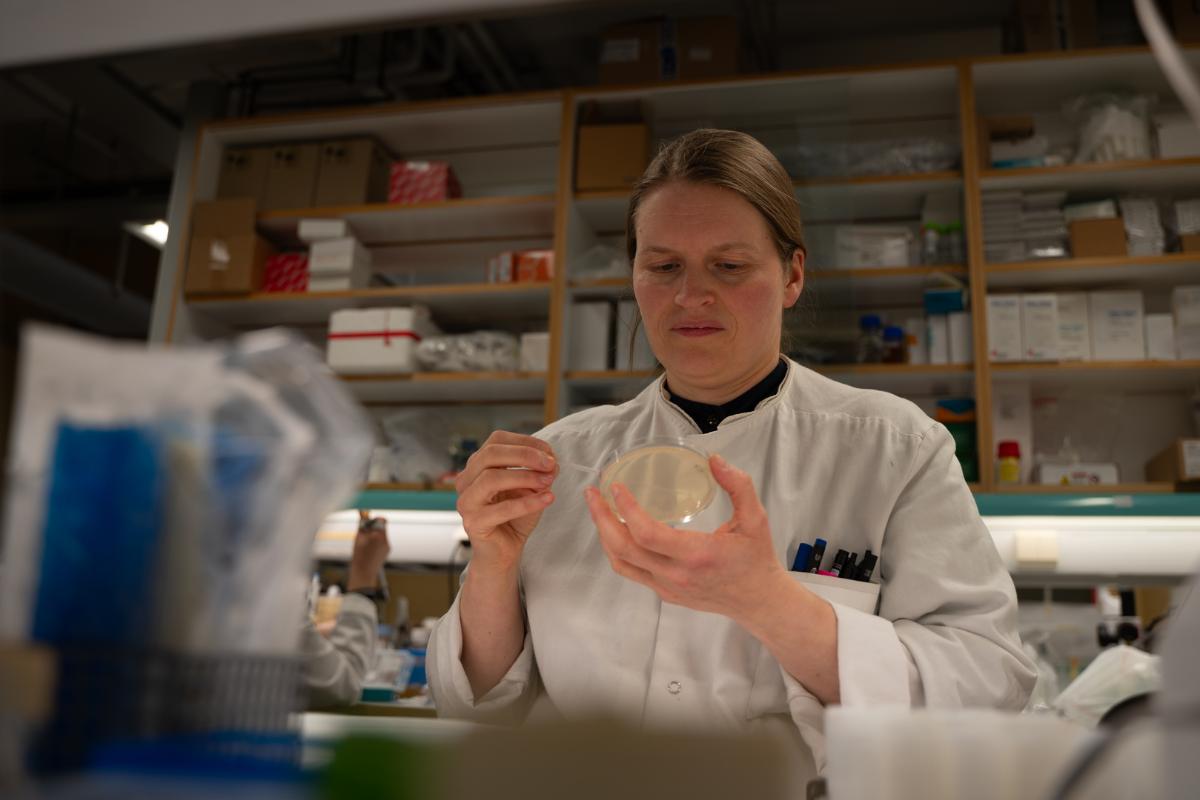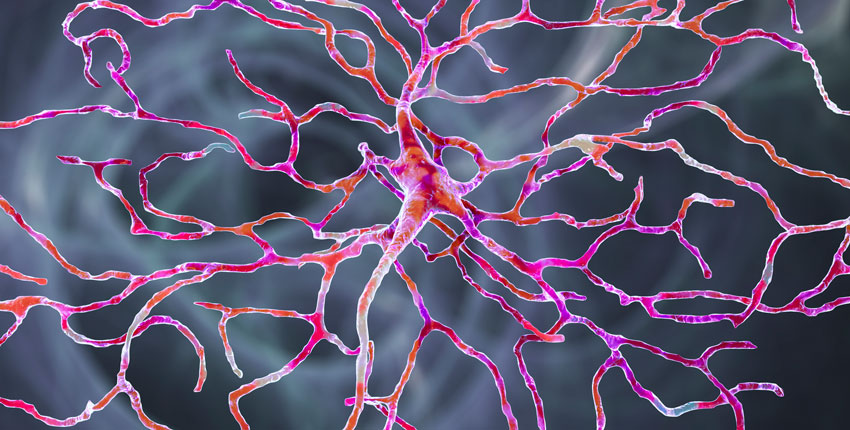
Researchers have found a bacteriocin that can help inhibit the growth of antibiotic-resistant bacteria. Infections with antibiotic-resistant bacteria are a growing global problem. Part of the solution may lie in copying the bacteria’s own weapons. The research environment in Tromsø has found a new bacteriocin, in a very common skin bacterium. Bacteriocin inhibits the growth of antibiotic-resistant bacteria that are often the cause of disease and can be difficult to treat.
One million deaths each year
The fact that we have medicines against bacterial infections is something many people take for granted.
But increasing resistance among bacteria means that more and more antibiotics do not work.
When the bacteria become resi...
Read More








Recent Comments